SOURCE: RAUNAK KUNDE / NEWS BEAT / IDRW.ORG
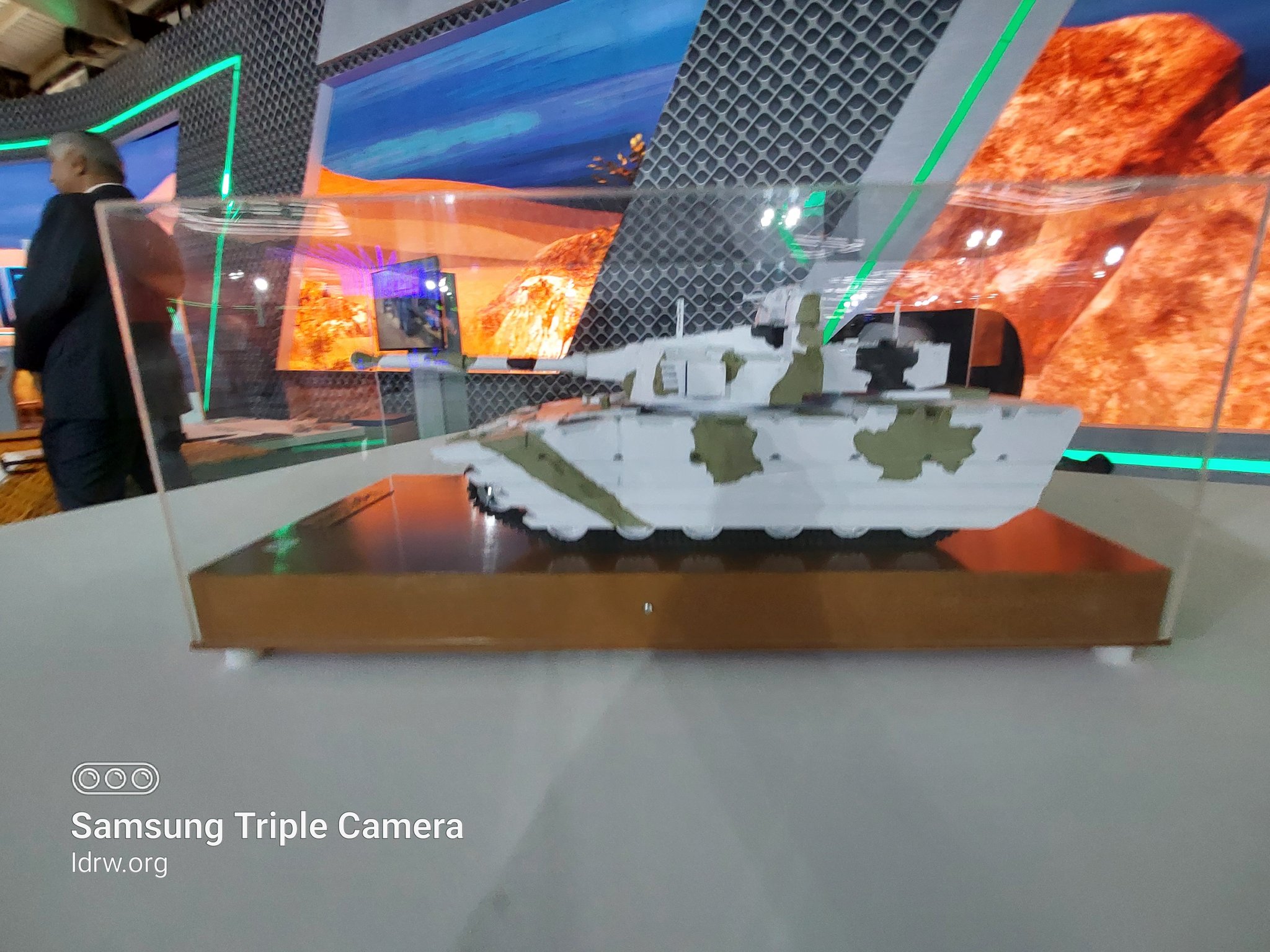
The Indian Army’s quest for a potent light tank for Himalayan warfare takes an intriguing turn with news of two competing 105mm guns vying for the final slot. On one hand, DRDO, in collaboration with Pune-based Bharat Forge, is developing a domestic gun, aimed at self-reliance. On the other hand, media reports suggest the initial prototypes of the “Zorawar” tank might utilize a 105mm gun from Belgian firm John Cockerill.
Reports suggesting a Belgian 105mm gun for the Zorawar prototypes are currently unclear. While the initial prototypes might not feature the indigenous gun, it’s highly likely to be integrated into the production variant, marking a critical milestone in India’s defence technology.
Continue readingSOURCE: RAUNAK KUNDE / NEWS BEAT / IDRW.ORG
The Defence Research and Development Organisation (DRDO) is gearing up for a significant leap in India’s indigenous aero engine development with the construction of a Twin Test Cell facility at the Gas Turbine Research Establishment (GTRE) in Bangalore. This state-of-the-art facility, slated for completion by late 2025, will play a crucial role in testing and refining cutting-edge aero gas turbine engines for future Indian fighter jets and military aircraft.
The Twin Test Cell, as the name suggests, will comprise two separate test cells. Each cell will be equipped to handle engines with a thrust class of up to 130 kN, making it a significant upgrade from existing facilities. This increased capacity will allow DRDO to test and develop engines for a wider range of military aircraft, including future generations of fighter jets with enhanced power and performance.
Continue readingSOURCE: IDRW.ORG TEAM

Engine Factory Avadi (EFA), a pillar of India’s military might, has achieved a landmark feat: 100% indigenization of the UTD 20 engine, powering the backbone of India’s armored fleet – the BMP infantry combat vehicles and other battle support vehicles. This accomplishment marks a significant stride towards self-reliance in critical defense technology.
The UTD 20 engine is a potent workhorse, delivering the muscle needed for these versatile combat vehicles to navigate challenging terrain and engage in intense operations. Its robust design and reliable performance have been proven under demanding conditions, making it a trusted asset for the Indian Army.
Continue readingSOURCE: IDRW.ORG TEAM

The Indian Army’s dedication to self-reliance and cutting-edge technology was recently on display with the showcasing of the Army Design Bureau’s latest innovation: the Multipurpose Octocopter. This versatile drone, a testament to the in-house research and development efforts of the Indian Army, promises to revolutionize battlefield operations in a variety of ways.
Soaring above the challenges of high-altitude terrains, the Multipurpose Octocopter boasts an impressive payload capacity of 25 kg, making it ideal for delivering essential supplies to forward posts located in remote and treacherous areas. This capability can significantly improve the lives of soldiers stationed at these critical outposts, ensuring they have the resources they need to perform their duties effectively.
Continue readingSOURCE: RAUNAK KUNDE / NEWS BEAT / IDRW.ORG

The Adani Group, in a significant development for India’s maritime defence capabilities, has confirmed plans to develop a ship-based variant of the Naval Anti-Ship Missile – Short Range (NASM-SR). This comes on the heels of their selection as the production partner for the helicopter-launched version of the missile, currently under development by the Defence Research and Development Organisation (DRDO).
The existing NASM-SR boasts a respectable range of 55 kilometers. However, the new ship-based variant will pack an extra punch, thanks to the addition of a solid booster. This enhanced propulsion system promises to significantly extend the missile’s strike range, allowing it to effectively engage warships and other sea-based targets at greater distances.
Continue readingSOURCE: RAUNAK KUNDE / NEWS BEAT / IDRW.ORG
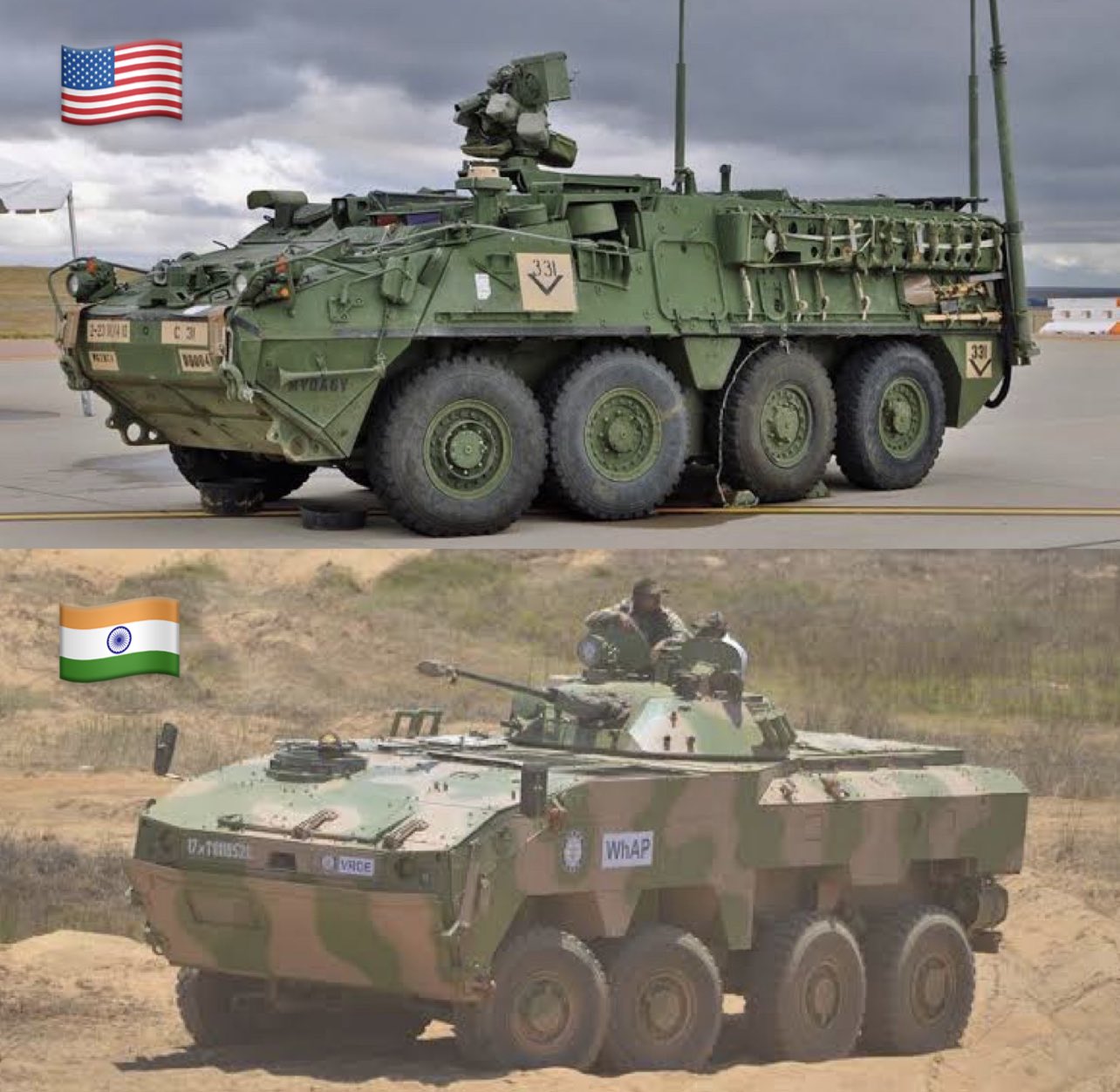
The battlefield of armoured vehicles in India is heating up, with the 8×8 platform taking centre stage. Two domestic giants, Mahindra and Tata, have joined forces with DRDO to develop the WHAP (Wheeled Armoured Platform), aiming to secure a coveted contract from the Indian Army for 700 vehicles. However, a formidable contender stands in their way: the Stryker from the United States, offered with full Transfer of Technology (ToT).
While technical specifications are crucial, other factors come into play. DRDO claims that the WHAP is lighter and more agile than Stryker, potentially offering better manoeuvrability in confined spaces. However, Stryker’s combat experience and mature technology might translate to better operational readiness and crew training.
Continue readingSOURCE: RAUNAK KUNDE / NEWS BEAT / IDRW.ORG
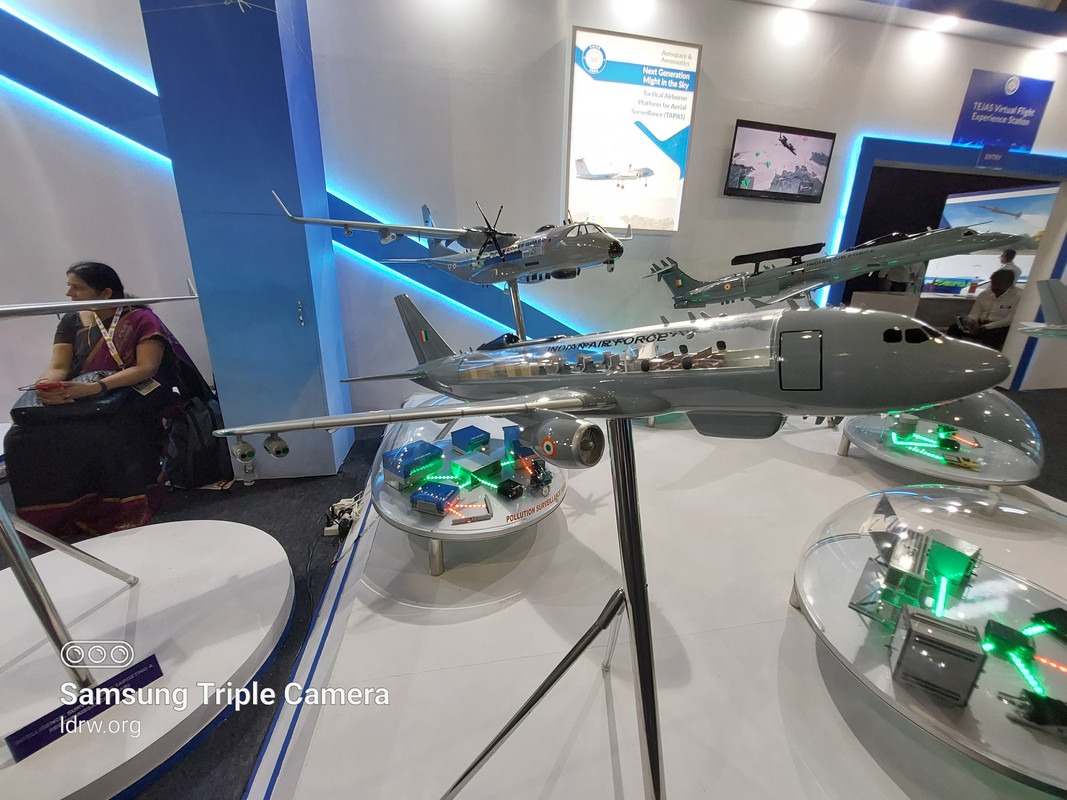
The Indian Air Force (IAF) is poised to witness a significant leap in its electronic warfare capabilities with the impending arrival of the Signal Intelligence and COMJAM Aircraft (SCA) project. This ambitious program, spearheaded by the DRDO’s Centre for Airborne Systems (CABS), has received IAF clearance in 2019 and is expected to secure Defence Acquisition Council (DAC) approval soon, according to prominent defence journalist Anantha Krishnan M.
The SCA is much more than just a fancy antenna on a plane. It’s a manned multi-mission platform, capable of undertaking long-range and high-endurance signal intelligence missions. At its core lies the combined power of SIGINT (Signal Intelligence) and COMJAM (Communications Jamming), providing the IAF with a comprehensive electronic warfare package.
Continue readingSOURCE: IDRW.ORG TEAM

The Ethiopian Air Force has recently received two Sukhoi Su-30 fighter jets, marking a significant addition to its military power. While the acquisition brings much-needed fighter jets to the Ethiopian force, experts have raised concerns about the age and capabilities of the aircraft.
According to African Defence Experts, the two Su-30s are likely variants of the Su-30K originally built for the Indian Air Force (IAF). These early-model Su-30Ks were eventually sold back to Russia in 2007 as the IAF upgraded to the more advanced Su-30MKI.
Continue readingSOURCE: IDRW.ORG TEAM

The Indian government finds itself at a crossroads in its quest to boost its domestic aviation industry. With the world’s fastest-growing air travel market, the need for efficient and affordable regional connectivity is paramount. Two tempting propositions lie on the table: locally manufacturing the Russian Sukhoi Superjet 100 or the Brazilian Embraer SA’s small narrow-body jets.
However, the allure of domestic jet production is tempered by the undeniable dominance of Airbus and Boeing. Securing their commitment to set up local assembly lines remains a challenge, despite the mega orders placed by Indian private airlines.
Continue readingSOURCE: RAUNAK KUNDE / NEWS BEAT / IDRW.ORG

India’s ambitious Remotely Piloted Strike Aircraft (RPSA) program, also known as the UCAV (Unmanned Combat Aerial Vehicle) Stealth Program, has hit a potential roadblock. The Defence Research and Development Organisation (DRDO) few years back shifted the program from the Aeronautical Development Agency (ADA) to the Aeronautical Development Establishment (ADE), raising concerns about the future of this critical technology.
The move appears to be driven by a desire to free up ADA’s resources for manned fighter jet programs like Tejas MkII, TEDBF, and AMCA. Additionally, DRDO might be seeking to leverage ADE’s expertise in subsonic and supersonic UAVs, particularly its ongoing work on the Stealth Wing Flying Testbed (SWiFT) demonstrator.
Continue readingSOURCE: RAUNAK KUNDE / NEWS BEAT / IDRW.ORG
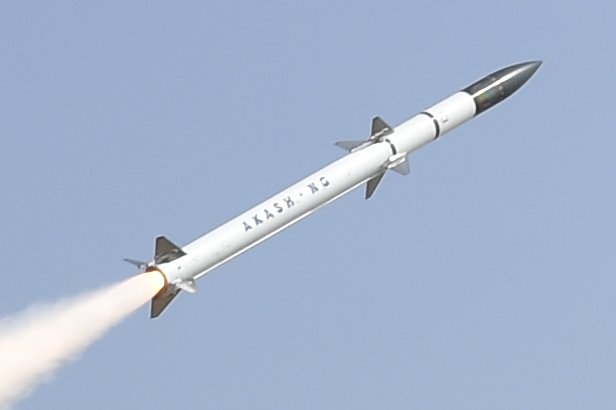
The recent successful test of the Akash-NG air defence missile system from DRDO has reignited the old debate surrounding its true range capabilities. While DRDO’s official brochure advertises a slant range of 30 km at an altitude of 30m to 14 km, some experts believe the Akash-NG packs a much stronger punch, potentially reaching 80 km.
Several factors contribute to this discrepancy in perceived range. The Akash-NG boasts larger rocket motors compared to the Barak-8, which has a proven range of 70 km. This upgrade, coupled with its predecessor Akash MkI’s 25 km range, raises eyebrows about the seemingly modest official range of 30 km.
Continue readingSOURCE: RAUNAK KUNDE / NEWS BEAT / IDRW.ORG
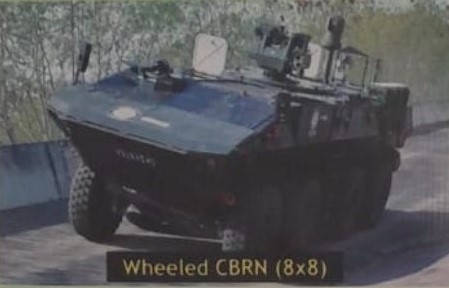
The Indian Army’s arsenal against invisible enemies just got a major upgrade. Mahindra Defence Systems Ltd (MDSL) and the Defence Research and Development Organisation (DRDO) have joined forces to develop a state-of-the-art Wheeled CBRN (8×8) vehicle, currently undergoing rigorous testing. This impressive machine promises to be a game-changer in India’s ability to detect, identify, and neutralize chemical, biological, and radiological (CBRN) threats.
The Wheeled CBRN (8×8) is a formidable beast, designed to navigate even the harshest terrains with its powerful 600 hp engine and 8×8 wheel configuration. Its robust chassis houses a suite of cutting-edge technologies, making it a one-stop shop for CBRN reconnaissance and mitigation.
Continue readingSOURCE: IDRW.ORG TEAM
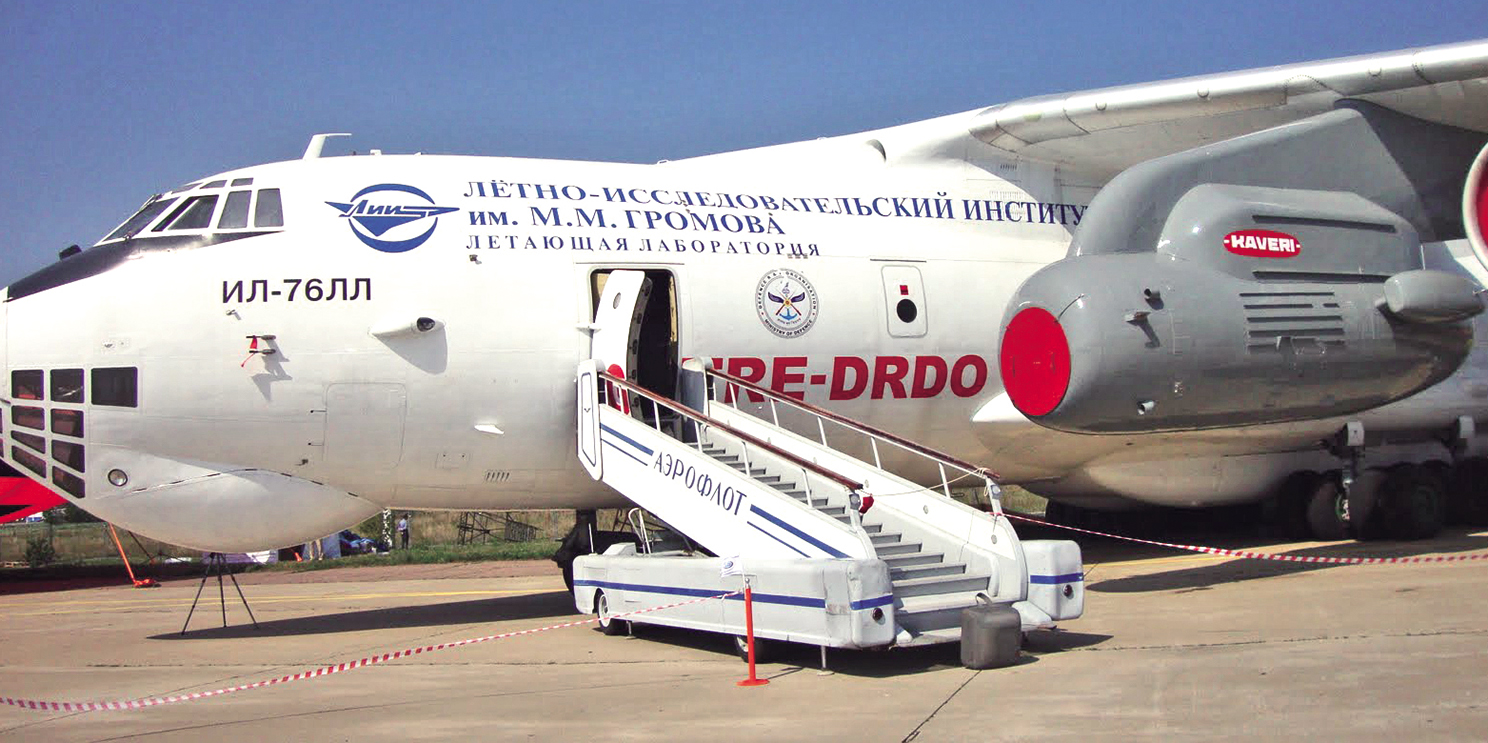
India’s quest for self-reliance in fighter jet technology takes another step forward with the Gas Turbine Research Establishment (GTRE) advocating for a domestically-developed Flying Test Bed (FTB) to test the new 6th generation engine for the 5th gen AMCA program. This proposal comes after previous attempts to acquire international platforms faced roadblocks.
In the mid-2000s, GTRE sought a modified IL-76 from Russia for the Kaveri engine program but eventually used a Russian-owned IL-76 for testing due to refusal from the supplier. Later, a proposal for a MiG-29A as a test bed for the original Kaveri engine was rejected by the Ministry of Defence (MoD) due to safety concerns and the engine’s unpreparedness for testing on a twin-engine platform.
Continue readingSOURCE: IDRW.ORG TEAM

The Indian armed forces are gearing up for two separate missile tests along the country’s western and eastern coasts, raising eyebrows and sparking speculation about the nature of the upcoming trials.
The first test, scheduled for January 22-23, 2024, will take place in a designated area 240 kilometers off the coast of Karwar in the Arabian Sea. A Notice to Airmen (NOTAM) issued by Indian authorities indicates a ship-based launch, suggesting the test could involve the BrahMos, a potent, Supersonic cruise missile jointly developed by India and Russia. The BrahMos has seen extensive testing and deployment with the Indian Navy and Army, and this latest launch could be aimed at further refining its capabilities or exploring new launch platforms.
Continue readingSOURCE: RAUNAK KUNDE / NEWS BEAT / IDRW.ORG

The Indian Air Force’s ambition to expand its fleet of Tejas Mark 1A fighter jets may face turbulence due to a bottleneck in engine production. While GE Aerospace has resumed manufacturing the F404-GE-IN20 engines that power these jets, their capped production of 20 units per year could significantly hamper HAL’s ambitious production goals.
HAL plans to ramp up production of Tejas Mk1A jets from the current 8 per year to 16 by 2025-26 and eventually reach 24 per year with a new production line. However, GE Aerospace’s limited engine output throws a wrench in these plans. With only 20 engines available annually, achieving the desired production targets seems challenging.
Continue reading